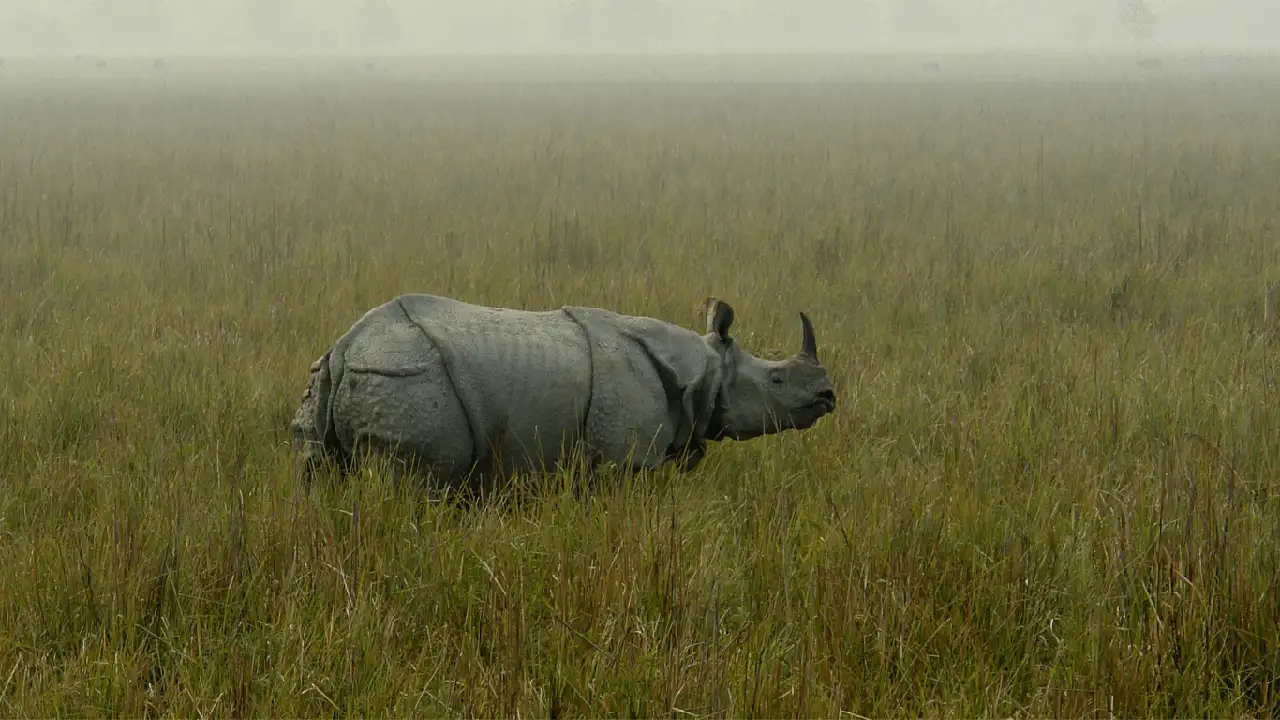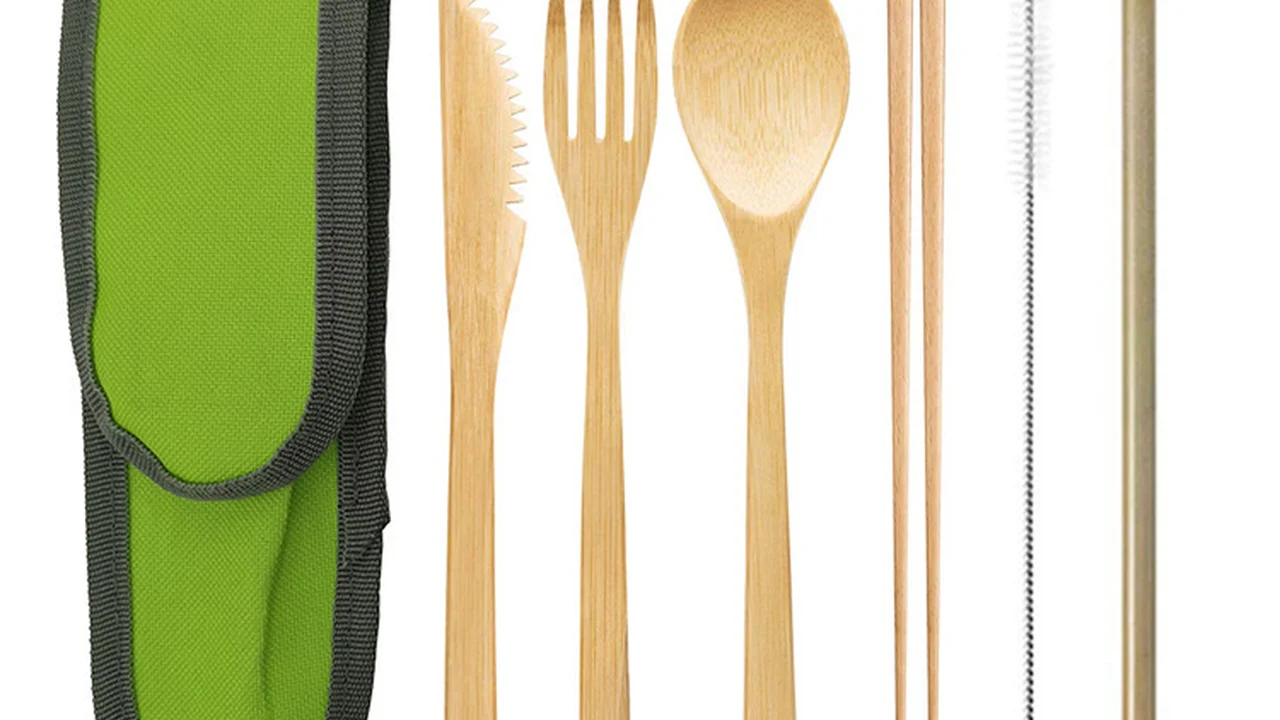Ethical Wildlife Tourism Choices
Make ethical wildlife tourism choices to support conservation efforts. Learn about responsible wildlife encounters and avoid activities that harm animals. Choose tours that prioritize animal welfare and habitat preservation.

Understanding Ethical Wildlife Tourism
Hey there, eco-wanderers! So, you wanna see amazing animals in their natural habitats? Awesome! But before you book that safari or jungle trek, let's talk about ethical wildlife tourism. It's all about making choices that benefit the animals and their environment, not exploit them. Think of it as being a responsible guest in their home.
Why Ethical Wildlife Tourism Matters
Why is this so important? Well, some wildlife tourism practices can be really harmful. Think about stressed animals in captivity, habitats destroyed for tourist attractions, and local communities not benefiting from the tourism dollars. Ethical tourism flips the script. It protects animals, supports conservation, and empowers local communities. It’s a win-win-win!
Recognizing Unethical Wildlife Tourism
Okay, so how do you spot unethical practices? Here are a few red flags:
- Animal performances: Elephants painting, monkeys riding bikes... these animals are often mistreated to perform.
- Riding elephants: Unless it's a sanctuary where elephants are rescued and you're supporting their care, avoid riding.
- Taking selfies with wild animals: Getting too close stresses the animals and can be dangerous for you too.
- Buying souvenirs made from animal parts: This fuels poaching and endangers species.
- Places that allow you to touch or handle wild animals: Especially babies. This can disrupt their natural behavior and spread diseases.
Choosing Responsible Wildlife Encounters
Alright, let's get to the good stuff! How do you find ethical wildlife experiences? Here are some tips:
- Do your research: Look for tour operators with certifications from reputable organizations like the Global Sustainable Tourism Council (GSTC).
- Read reviews: See what other travelers have to say about the experience. Look for comments about animal welfare and conservation efforts.
- Ask questions: Don't be afraid to ask the tour operator about their practices. How do they protect the animals? How do they benefit the local community?
- Support sanctuaries: Visit reputable sanctuaries that rescue and rehabilitate animals. Make sure they don't breed animals for profit or allow direct contact with the public.
- Choose observation over interaction: Opt for tours that focus on observing animals in their natural habitat from a safe distance.
Recommended Ethical Wildlife Tourism Experiences
Need some inspiration? Here are a few examples of ethical wildlife tourism experiences:
- Gorilla trekking in Rwanda or Uganda: A strictly regulated activity that supports gorilla conservation and local communities.
- Whale watching in Iceland or Canada: Choose tour operators that follow responsible whale watching guidelines.
- Visiting a sea turtle conservation project in Costa Rica: Help protect nesting sea turtles and their eggs.
- Birdwatching in the Amazon rainforest: Support local guides and learn about the incredible biodiversity of the rainforest.
- Safari in Tanzania or Kenya: Choose lodges and tour operators that prioritize conservation and community development.
Specific Product Recommendations for Ethical Wildlife Observation
Binoculars for Responsible Wildlife Viewing
High-quality binoculars are essential for observing wildlife from a safe and respectful distance. Here are a few recommendations:
Vortex Optics Diamondback HD 10x42
Description: These binoculars offer excellent clarity and brightness, perfect for observing animals in various lighting conditions. They are also durable and waterproof, making them ideal for outdoor adventures.
Usage Scenario: Great for safari, birdwatching, and general wildlife observation.
Comparison: Compared to cheaper models, the Diamondback HD provides significantly better image quality and durability. They are also more comfortable to use for extended periods.
Price: Approximately $250 - $300.
Nikon Monarch 5 8x42
Description: Known for their exceptional sharpness and color fidelity, the Nikon Monarch 5 binoculars are a favorite among birdwatchers and wildlife enthusiasts. They are also lightweight and easy to carry.
Usage Scenario: Ideal for birdwatching, hiking, and observing wildlife in detail.
Comparison: The Monarch 5 offers similar performance to the Vortex Diamondback HD but with slightly better color reproduction. They are also more compact and lightweight.
Price: Approximately $300 - $350.
Celestron TrailSeeker 8x42
Description: These binoculars offer a great balance of performance and affordability. They are waterproof, fog-proof, and provide decent image quality for the price.
Usage Scenario: Suitable for general wildlife observation and outdoor activities on a budget.
Comparison: While not as sharp as the Vortex or Nikon models, the Celestron TrailSeeker is a good option for beginners or those looking for a budget-friendly option.
Price: Approximately $150 - $200.
Cameras for Capturing Memories Responsibly
Capturing memories of your wildlife encounters is a great way to share your experiences and support conservation efforts. However, it's important to do so responsibly, without disturbing the animals.
Sony Alpha 6000 with a Telephoto Lens
Description: This mirrorless camera offers excellent image quality and fast autofocus, making it ideal for capturing wildlife in action. Paired with a telephoto lens, you can capture stunning photos from a safe distance.
Usage Scenario: Great for capturing high-quality photos of wildlife in various environments.
Comparison: Compared to smartphones, the Sony Alpha 6000 offers superior image quality, zoom capabilities, and control over settings.
Price: Camera body: Approximately $600 - $700; Telephoto lens (e.g., Sony E 55-210mm): Approximately $300 - $400.
Canon EOS Rebel T7 with a Telephoto Lens
Description: A popular DSLR camera that offers good image quality and a user-friendly interface. It's a great option for beginners who want to step up from smartphone photography.
Usage Scenario: Suitable for capturing wildlife photos with decent zoom capabilities.
Comparison: The Canon EOS Rebel T7 is a more affordable option than the Sony Alpha 6000 but offers slightly lower image quality and autofocus performance.
Price: Camera body with kit lens: Approximately $400 - $500; Telephoto lens (e.g., Canon EF 75-300mm): Approximately $200 - $300.
GoPro HERO9 Black
Description: A rugged and waterproof action camera that's perfect for capturing wildlife footage in challenging environments. It's also great for vlogging and creating engaging content.
Usage Scenario: Ideal for capturing wildlife footage while hiking, diving, or participating in other outdoor activities.
Comparison: The GoPro HERO9 Black is not designed for long-range photography but offers unique perspectives and the ability to capture footage in extreme conditions.
Price: Approximately $350 - $400.
Clothing for Minimizing Environmental Impact During Wildlife Observation
Patagonia Recycled Polyester Clothing
Description: Patagonia is known for its commitment to sustainability and offers a wide range of clothing made from recycled polyester. These clothes are durable, comfortable, and have a lower environmental impact than traditional clothing.
Usage Scenario: Suitable for hiking, camping, and other outdoor activities. Choose neutral colors to blend in with the environment.
Comparison: Compared to fast fashion brands, Patagonia clothing is more durable and ethically produced.
Price: Varies depending on the item.
prAna Organic Cotton Clothing
Description: prAna offers a variety of clothing made from organic cotton, which is grown without the use of harmful pesticides and fertilizers. These clothes are soft, comfortable, and environmentally friendly.
Usage Scenario: Ideal for casual wear and light outdoor activities. Choose breathable fabrics for warm climates.
Comparison: Organic cotton clothing is a more sustainable alternative to conventional cotton clothing.
Price: Varies depending on the item.
Supporting Local Communities
When you travel, remember that you're visiting someone else's home. Be respectful of local customs and traditions. Support local businesses by buying souvenirs made by local artisans and eating at locally owned restaurants. This helps ensure that tourism dollars benefit the communities that are hosting you.
Reducing Your Environmental Impact
Even ethical wildlife tourism can have an environmental impact. Here are a few ways to minimize yours:
- Travel light: Pack only what you need to reduce your carbon footprint.
- Use reusable water bottles and shopping bags: Reduce plastic waste.
- Dispose of waste properly: Pack out everything you pack in.
- Respect wildlife habitats: Stay on marked trails and avoid disturbing animals.
- Choose eco-friendly transportation options: Walk, bike, or take public transportation whenever possible.
Leaving a Positive Footprint
By making ethical wildlife tourism choices, you can leave a positive footprint on the world. You can support conservation efforts, empower local communities, and protect the amazing animals that share our planet. So, go out there and explore responsibly!
:max_bytes(150000):strip_icc()/277019-baked-pork-chops-with-cream-of-mushroom-soup-DDMFS-beauty-4x3-BG-7505-5762b731cf30447d9cbbbbbf387beafa.jpg)





